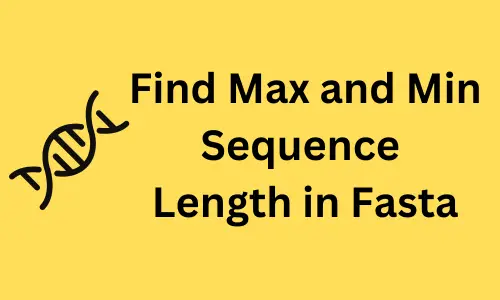Visualizing the 3D Genome with Python
The genome isn’t just a long string of letters, it folds and loops in intricate ways inside the nucleus. This 3D structure plays a critical role in regulating gene expression, cellular function, and genome stability. With the rise of 3D genomics, scientists are using experimental and computational tools to uncover how DNA’s shape influences its function.
In this article, we will briefly explore 3D genomics and walk through a simple Python script to visualize simulated chromatin interaction data, similar to what you might get from Hi-C experiments.
Why 3D Matters in Genomics?
Traditional genomics looks at the genome as a 1D sequence, but in the cell nucleus, this sequence folds to bring distant genomic regions close together.
- Enhancers to activate distant genes
- Structural features like TADs (topologically associating domains) to compartmentalize regulatory activity
- The formation of chromatin loops that are critical for gene expression
Visualizing Simulated Hi-C Data in Python
Let’s simulate and visualize a simple Hi-C contact matrix using Python. A contact matrix shows the frequency of physical interactions between different genomic regions.
import numpy as np
import matplotlib.pyplot as plt
import seaborn as sns
# create simulated Hi-C contact matrix
np.random.seed(42)
size = 30 # Number of genomic bins
matrix = np.random.poisson(lam=5, size=(size, size))
# Add higher interaction within certain domains (TADs)
for i in range (0, size, 10):
matrix[i:i+5, i:i+5] += np.random.poisson(lam=10, size=(5, 5))
# Make the matrix symmetric (Hi-C contact maps are symmetrical)
hic_matrix = (matrix + matrix.T) // 2
# Plotting the Hi-C-like matrix
plt.figure(figsize=(8, 6))
sns.heatmap(hic_matrix, cmap='coolwarm', square=True, cbar_kws={'label': 'Interaction
Frequency'})
plt.title('Simulated Hi-C Contact Map')
plt.xlabel('Genomic Bins')
plt.ylabel('Genomic Bins')
plt.tight_layout()
plt.show()
Interpretation
- High values near the diagonal show local interactions between adjacent regions.
- Clusters of higher intensity off the diagonal can represent loops or TADs.
- These visual cues give researchers insight into how chromatin folds and which parts of the genome physically interact.
Enhance your skills with courses on genomics and bioinformatics
- Genomic Data Science Specialization
- Biology Meets Programming: Bioinformatics for Beginners
- Python for Genomic Data Science
- Bioinformatics Specialization
- Command Line Tools for Genomic Data Science
- Introduction to Genomic Technologies
This work is licensed under a Creative Commons Attribution 4.0 International License
Some of the links on this page may be affiliate links, which means we may get an affiliate commission on a valid purchase. The retailer will pay the commission at no additional cost to you.

